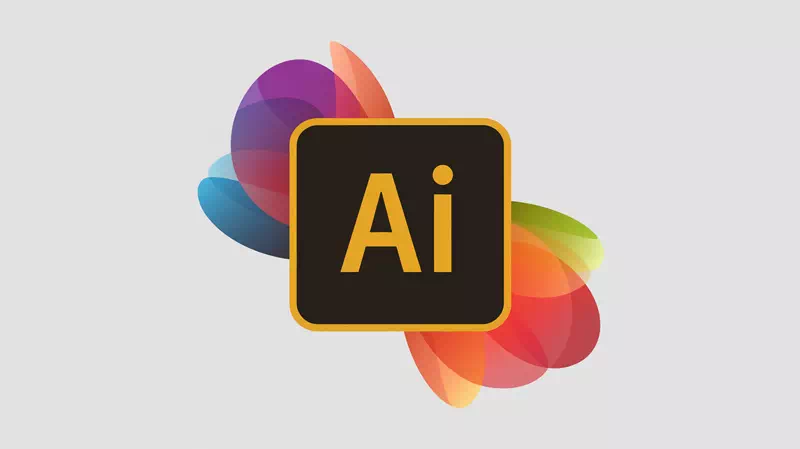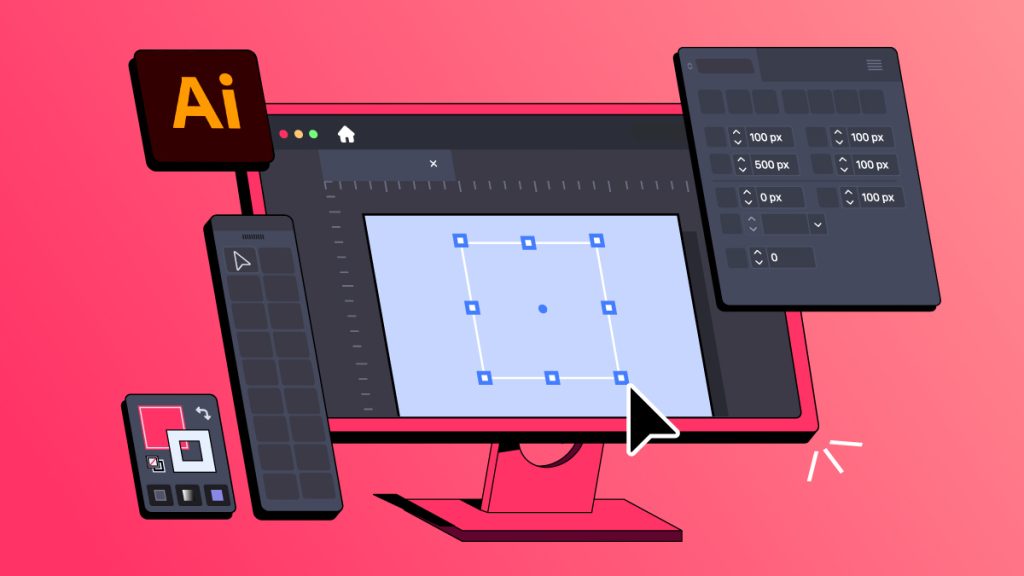Adobe has officially released its highly anticipated AI-powered video generation tool, “Generate Video,” into public beta. This new feature, accessible through the redesigned Firefly web application, allows users to create video content simply by providing text descriptions or uploading images as prompts. The launch positions Adobe to compete directly with other emerging AI video technologies from companies like OpenAI and Google.
Text and Images to Cinematic Clips
The Generate Video tool offers users two primary methods for creating content. The Text-to-Video feature enables users to describe a scene they envision, and the AI will generate a short video clip based on that description. The Image-to-Video feature allows users to upload a static image and then use a text prompt to guide the AI on how to animate the image, specifying the desired style and movement.
Adobe is providing users with a range of customisation options within the tool. This includes the ability to adjust camera angles (like close-ups or wide shots), apply various motion effects (such as panning or zooming), and select from different cinematic styles to influence the overall look and feel of the generated video.

In this public beta, the company has also improved the quality of the videos. The tool now generates clips in 1080p resolution at a standard 24 frames per second, a step up from the initial 720p resolution previously offered.
However, the generated videos are currently limited to a duration of five seconds, and the generation process can take around 90 seconds or longer to complete. Adobe has indicated that they are actively working on developing a faster, lower-resolution model for quickly visualising ideas, as well as a future 4K version for higher-quality video production.
Alongside the introduction of the AI video tool, Adobe has implemented a significant redesign of the Firefly web app. This redesign aims to improve user experience and facilitate smoother integration with Adobe’s suite of Creative Cloud applications, including popular tools like Photoshop, Premiere Pro, and Express.
Adobe Emphasizes Commercial Safety in Competitive AI Video Arena
Adobe emphasises that the Firefly AI models are trained on licensed content and public domain material, ensuring that the generated content is safe for commercial use without copyright concerns.
Moreover, adding to Generate Video, the company has also launched other new AI] tools within the Firefly app’s public beta. “Scene to Image” allows users to create custom reference images using built-in 3D and sketching tools.
“Translate Audio and Video” offers automatic translation and dubbing of audio into over 20 languages while retaining the original speaker’s voice characteristics. These new tools, including Generate Video, are part of Adobe’s push to provide a comprehensive AI-powered creative platform.
Adobe’s entry into the AI video generation market places it in direct competition with notable players. OpenAI’s Sora currently offers longer video clips, up to 20 seconds in duration, while Google’s Veo AI has demonstrated promising early results in terms of video quality and coherence. Other companies like ByteDance and Pika Labs have also established their presence in this rapidly evolving space.

Adobe’s key advantage lies in its commitment to commercially safe AI, ensuring users have the rights to utilise the generated content. However, to remain competitive, Adobe will need to continuously improve the quality, length, and feature set of its AI video generation capabilities.
To support these new AI-powered features, Adobe is introducing Firefly subscription plans. The “Firefly Standard” plan is priced at $9.99 per month and provides 2,000 credits, allowing for the generation of up to 20 five-second 1080p videos. The “Firefly Pro” plan costs $29.99 per month and offers 7,000 credits, enabling the creation of up to 70 five-second 1080p videos. Both plans include unlimited generation for AI images and vectors.
Conclusion
With the public beta launch of Generate Video, Adobe is providing users with an opportunity to explore and experiment with the potential of AI in video creation. As the competition intensifies, the evolution of Adobe’s Firefly in the AI video race will be closely watched by creators and the industry alike.